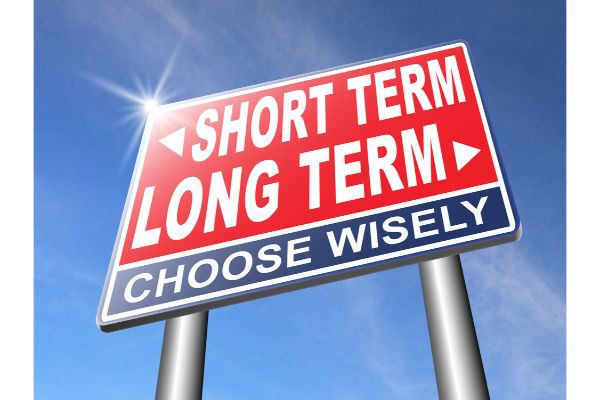Many employers offer short-term disability benefits, long-term disability benefits, or both to their employers. This coverage is designed to replace wages in part if employees become ill or injured and unable to work for some time.
Short-term disability plans offer benefits to workers who are only temporarily ill or injured and therefore unable to work. Most short-term disability benefits last from three to twelve months. Once that coverage runs out, employees may look to their long-term disability plans for benefits.
Long-term disability plans can provide benefits for lengthier periods of time than short-term disability plans. In many cases, if employees have both types of coverage, they can begin the process of applying for long-term disability benefits prior to their short-term benefits running out.
When employees suffer from a disease, long-term illness, or sustain serious injuries, their medical conditions may prevent them from returning to work again. When this occurs, employees may be entitled to draw long-term disability benefits until retirement age. As a result, insurance companies often scrutinize claims for long-term disability benefits more closely than claims for short-term disability benefits, as the amount that the insurance company would have to pay out over time can be substantial.
The fact that you start receiving long-term disability benefits, however, does not mean that you automatically will receive them until retirement. In many cases, there are limitations on the amount of long-term disability benefits that you can draw for certain medical conditions, as well as definitions in the policy that change over time and may make you ineligible for benefits. For example, policies may limit drawing benefits for mental health conditions or substance abuse problems for more than two years, even if you still are unable to return to work at the end of that two-year period.
When you apply for long-term disability benefits, you need to be aware of your rights and responsibilities under your long-term disability plan. At Bonnici Law Group, we offer you client-centered representation at all stages of the long-term disability benefit claims process. When you need the kind of help that only an experienced long-term disability benefits attorney can offer you, contact Bonnici Law Group at 858-261-5454 or help@bonnicilawgroup.com.

Personal Injury in West Hollywood, CA
West Hollywood, California, is a vibrant and dynamic city in the heart of Los Angeles, renowned for its artistic flair, trendy boutiques, and world-class entertainment scene.
Long-Term Disability Insurance Support in Venice, CA
Venice, CA, is a dynamic and eclectic neighborhood in Los Angeles, known for its bohemian vibe, historic canals, and artistic community.


